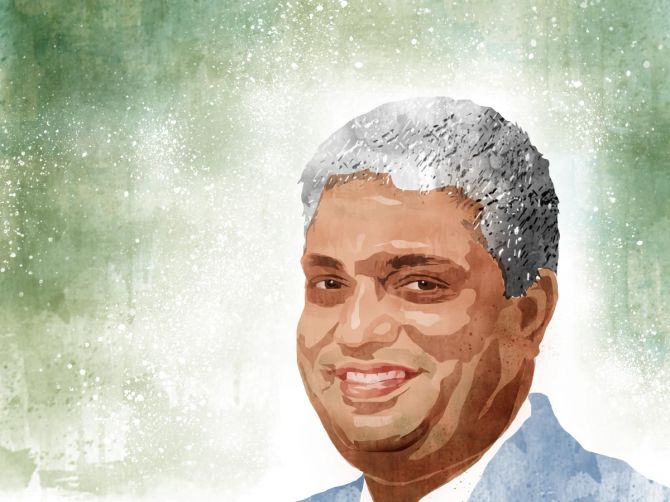'In 2022, active management, long-short strategies, multi-asset strategies, and asset allocation strategies need to be considered to meet long-term investment goals.'

With the major global central banks tweaking their monetary policy stance, S Naren, executive director and chief investment officer at ICICI Prudential AMC, tells Puneet Wadhwa/Business Standard that given the possibility of a rise in interest rates, the debt segment is likely to be an interesting asset class that could deliver reasonable risk-adjusted returns over the medium term.
How do you see global equity markets play out in 2022? Are the investors better prepared for Covid-related uncertainties now?
While equity valuation remains relatively high, two notable developments in the form of Omicron and the US Federal Reserve's decision on hiking rates in 2022, followed by other global central banks, hold the key to a potential spike in market volatility globally over the next 18 months.
While a knee-jerk reaction owing to news related to Covid strains cannot be ruled out in future, a sustained impact is unlikely, as can be seen from historical trends over the past six months.
The positive amid all these from an India point of view is that the business cycle (in India) has turned favourable.
Companies have deleveraged, the government fiscal deficit is under control, and the non-performing loans cycle of the financial sector, too, is under control.
All these are a major positive at this point of time.
To what extent have the markets priced in a reversal in stance on the part of global central banks?
In the US market, the number of loss-making stocks has had a meaningful setback in performance.
At the same time in India, retail sentiment in terms of equities continues to remain elevated despite sizable selling by FIIs (foreign institutional investors) recently.
Therefore, it is unclear to what extent emerging market equities have priced in an interest rate hike.
What are the key risks the Indian markets are not pricing in yet?
Market volatility is likely to continue in 2022.
New-age businesses and IPOs in general are the areas where the Indian markets seem overvalued.
On the other hand, many other areas like autos and banks appear to be fairly valued.
The huge positive sentiment from retail investors is visible in the form of an elevated open interest (in derivatives and volumes in the futures and options segment.
The sentiment of retail investors is another factor the markets have not priced in yet.
Is some sense of caution creeping in now among retail investors?
The mood is buoyant among retail investors for now.
The fact that investors are putting in money in hybrid categories is a big positive and a welcome move, given that equity market valuation is not cheap.
Over the next year, we prefer schemes that are flexible in terms of asset allocation.
How do you see retail investors approach the primary markets in 2022, given the way some of the recent IPOs have done?
Over the past six months, investors have been investing in IPOs, including aggressively priced ones, and that is worrying from a sentiment angle.
Retail investors must be circumspect and more cautious when it comes to investing in IPOs.
Look for factors such as trailing price-to-earnings (PE), trailing price-to-book (PB), dividend yields, and returns on equity (RoE) of the companies they are investing in.
What are your overweight and underweight sectors now?
We are overweight on domestic-facing sectors such as auto, banks, telecom, and some defensive plays that have corrected, such as pharma and health care.
On the other hand, we are underweight on consumer non-durables because we believe the cash flow of the lower strata of population is scarred due to the pandemic, leading to stress on consumption.
Software is another sector we are underweight on.
What according to you is the big theme for 2022?
Over the past 10 years, we have witnessed easy liquidity conditions and rate cuts by global central banks.
That created a conducive environment for equity markets to perform.
But, with the withdrawal of stimulus measures, one may require more active management to navigate the equity markets.
Hence, a combination of active management and multi-asset strategies is likely to provide better outcomes in the near term as the period of easy money making across asset classes is over.
Where do you see opportunities in the debt segment?
Given that we are in an environment of increasing interest rates, debt could be under pressure from a near-term perspective.
However, from a medium-term view, debt is likely to be an interesting asset class and could deliver reasonable risk-adjusted returns.
As Howard Marks aptly says, the goal is sometimes to preserve money, while at other times the goal is to make money.
In 2022, active management, long-short strategies, multi-asset strategies, and asset allocation strategies need to be considered to meet long-term investment goals.
Feature Presentation: Aslam Hunani/Rediff.com













 © 2025
© 2025